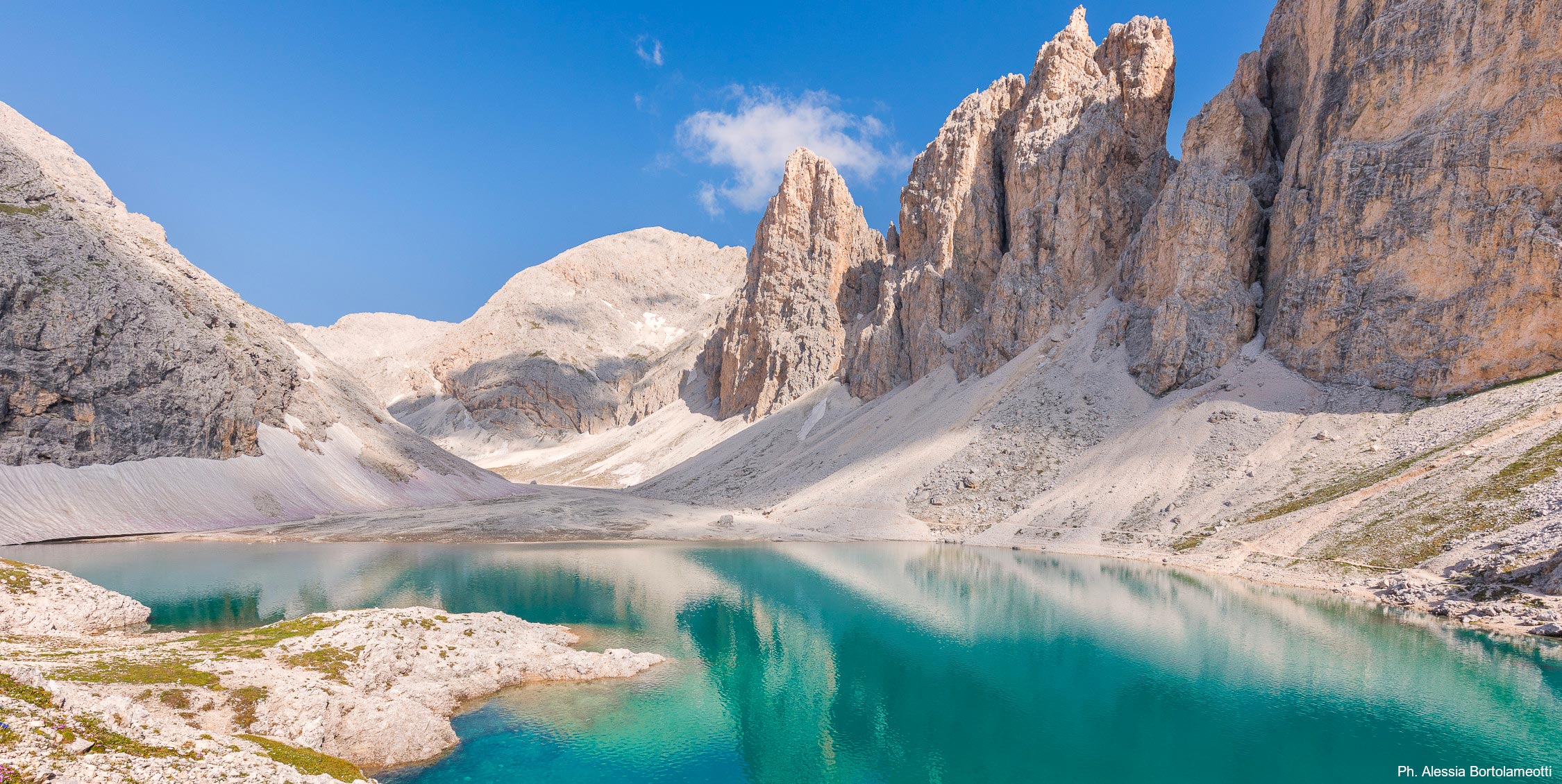
From Carrying Capacity to Carrying Capability
Sustainability issues from every pore in the Dolomites UNESCO World Heritage Site. The Dolomites must become a workshop and model for projects and practices that must get to grips with sustainable mobility, sustainable tourism, sustainable economics, sustainable research, etc. All these issues must be fused into a single concept – sustainable development. The very nature of sustainable tourism in the Dolomites must be defined and once defined, it must grow and translate into practical action to be taken in the present and planned for in the future. It is worth remembering that both social and economic sustainability go hand in hand and it can only be achieved with the active participation of the local citizenry.
In their long history, the Dolomites have been traversed by those who live there and by many other people. Their form and location make them accessible and negotiable. There have been both positive and negative aspects to the development of the Dolomites area, starting from opening it up to traffic. These days commercial and tourist vehicle traffic, motor races and rallies, and the current craze for motorbikes and scooters, and the normal movement of local residents, is making the Dolomite valleys heavily congested. Aside from adversely affecting air quality, this traffic creates noise pollution and presents a hazard for both people and wildlife.
Text by Dolomiti Project
The Development, Sustainable Tourism and Mobility Network is coordinated by the Autonomous Province of Bolzano – South Tyrol through the Nature, Landscape and Local Development Division, UNESCO Dolomites Team. The current structure was established in 2015 with merger of the Socio-Economic Development and Sustainable Tourism Network with the Mobility Network, both coordinated by the Autonomous Province of Bolzano – South Tyrol.
The Development, Sustainable Tourism and Mobility Network has commissioned universities and research and analysis institutions with numerous projects and studies over the years, brought together in the Overall Management Strategy. The aim of these studies is to obtain useful data for creating a framework for tourism, in both quantitative and qualitative terms, to examine tourism flows and the expectations and experiences of both tourists and tourist operators in the Dolomites. Moreover, the Network has analysed the traffic and its impact on the main Dolomite mountain passes. The aim of this study is to create a knowledge-base to enable the relevant authorities to set out a possible strategy for managing these well-known and essential networks.